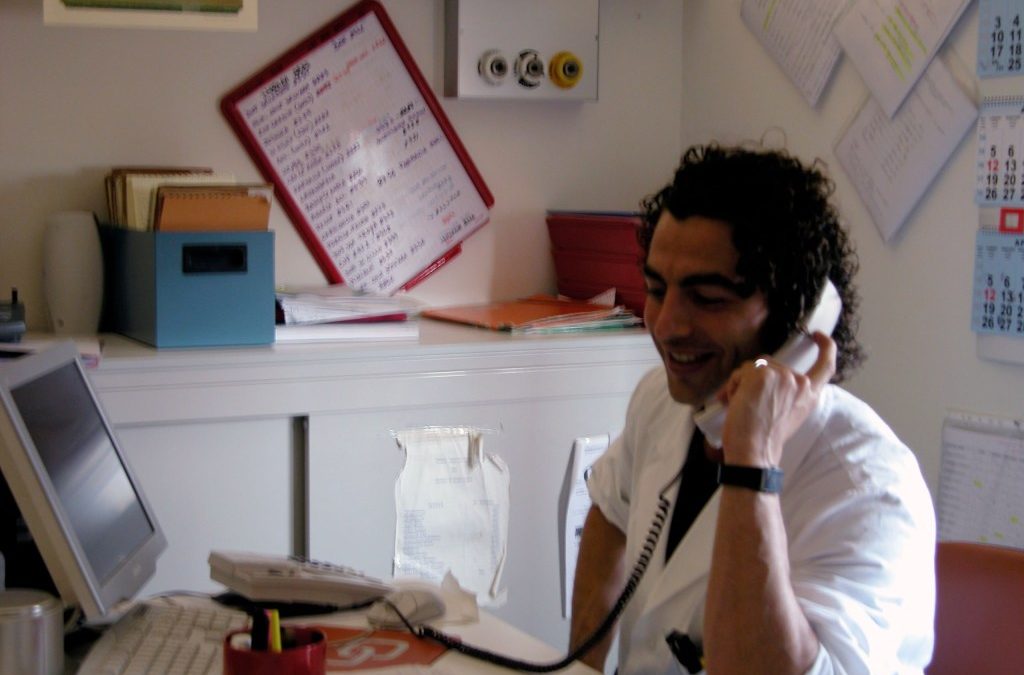One of the challenges many health and wellness professionals face who work with patients is finding ways to encourage healthy behaviors. In a lot of cases, it’s just not enough to casually tell someone, “You need to lose weight,” “Your blood pressure is a little high,” or “You’re at risk for diabetes.” Too often, those words fall on deaf ears, the person leaves the clinic or coaching session, stops at the nearest fast food joint for a burger and fries or quickie mart for a soda and griller dog and goes about business as usual.
But There’s Nothing Wrong With Me
“I feel fine. There’s nothing wrong with me.” It’s the kind of attitude that prevails in so many households across the country, even after doctor’s visits, bouts of illness, etc. Yet, many of the leading chronic diseases and causes of death in the United States (heart disease, diabetes, high cholesterol, high blood pressure, obesity, ect.) are conditions that develop slowly over months and years of poor eating habits and lack of exercise.
It’s kind of like the analogy of a putting a frog in a pot of water. Drop the frog directly into hot water, and it will leap out without hesitation. But put the frog in a cold pot of water on the stove and turn up the heat, and something entirely different happens. The frog doesn’t notice any real danger and gets comfortable as the temperature slowly rises until it’s too late to hop out. And people are like that with their health too.
For example, an estimated 920,000 people in the United States will experience a heart attack this year, according to the Heart Foundation. For half of these people the heart attack will come as a complete surprise with no prior symptoms. And unfortunately, close to 600,000 people will die from heart disease, yet it’s largely preventable with a healthy lifestyle.
So how do you deliver a message to your client or patient that will resonate with them?
There’s no one-size-fits-all answer to the question. Some people may actually respond to the matter-of-fact conversation that they need to improve their health. But for most people, they need something bigger, more shocking, more personal, to shake things up and motivate them to take their health seriously.
Find the Trigger to Motivate Positive Behavior Change
If you want to help people reverse the negative effects of an unhealthy lifestyle and reduce their risk for chronic disease and early death, you have to help them find the trigger that will motivate them to change. And it’s different for everyone.
- For some people, the untimely death, heart attack, or stroke of a family member or friend provides the kind of wake-up call that motivates them to change.
- For others, it’s some kind of other traumatic life event like a divorce, job loss, bankruptcy, or accident that forces them to take a closer look at the impact of their lifestyle choices.
- And for some people, connecting with people who have walked the same path and overcome obesity, reversed heart disease, or made changes to get diabetes under control, can be the impetus for making positive behavior changes.
Guide Patients and Clients with Quality Content, Coaching, Persistence
You can help your patients and clients identify their triggers with quality content, coaching, and a persistent message that encourages them to think about their health and longevity. Articles, newsletters, health challenges, and guides to healthy living can provide a way to start the conversation.
Well-written and engaging health content can become a topic of conversation at the dinner table or around the water cooler. With the right balance of in-your-face facts about chronic disease, probing questions that get people to think about their health and longevity, and real-world examples of people who achieved successful health outcomes by making small changes over time, you can be an agent of change that will promote health, prevent disease, and help people live longer more productive lives.
- Does your approach to educating patients and clients about health and wellness sound like a medical school lecture?
- Or is your approach engaging, conversational, and educational without being overloaded with medical jargon?
If you’re ready to shake things up, help people get off the couch, improve their diet, get more exercise, and improve their health, take a closer look at your approach and the kind of information you’re providing them to help them identify their own triggers that can become a life-changing turning point that will improve their quality of life.


Recent Comments